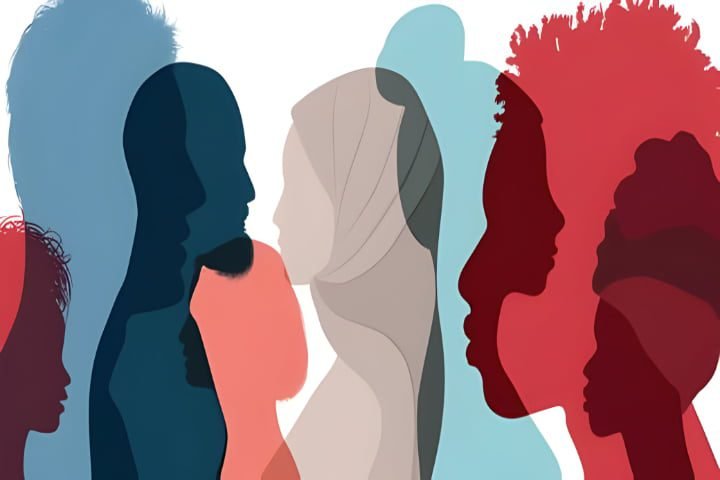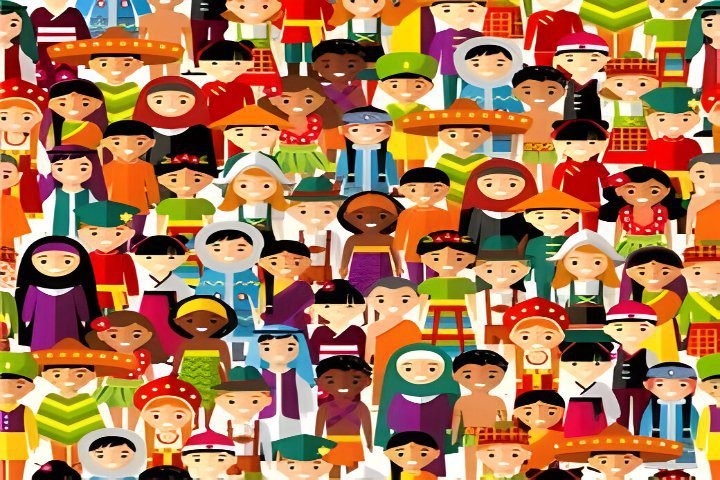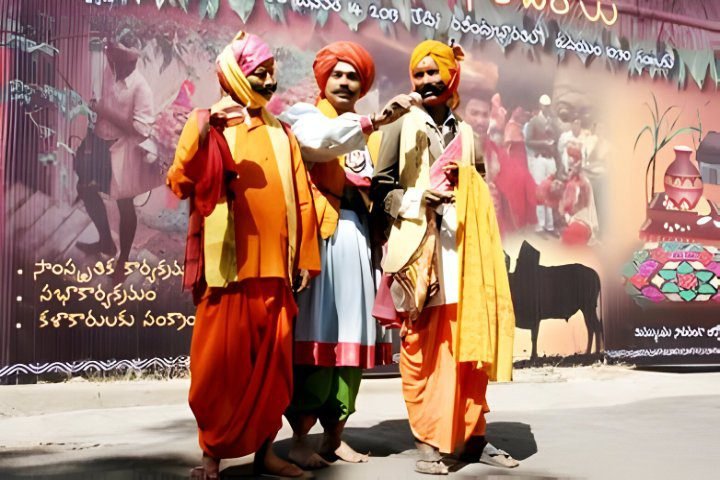CUET UG Culture and Communication
What is culture?
Culture is the way of life observed within specific social classes or even nations. Culture is examined within its social setting. Culture serves as a manual for individuals, providing guidance for their behaviour and interactions within society.
Culture is a common understanding that is learned and developed through interaction with other members of society. A shared understanding among group members differentiates them from other groups and gives them a unique identity.
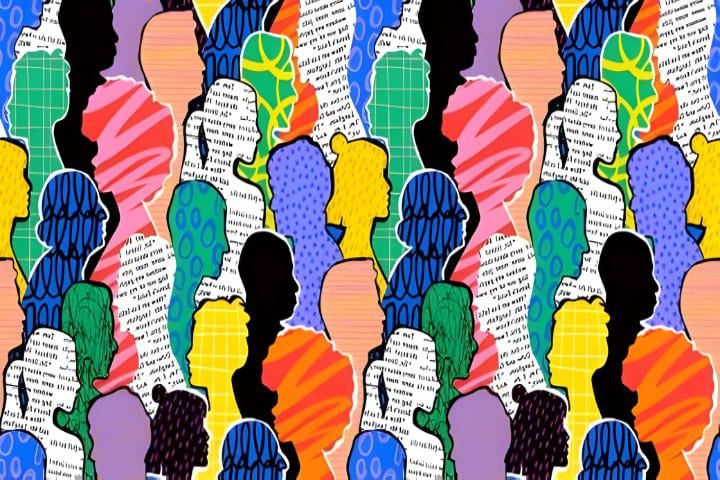
Cultures are constantly evolving phenomena. They show an ongoing process of transformation and development. Element of culture is continuously added, deleted, expanded, reduced, and rearranged. Because of this, cultures are dynamic, functional entities.
Humans’ ability to share, understand and interpret signs and symbols is unique and distinguishes them from other species. We learn to create meaning through social interactions in families, groups, and communities.
These interactions introduce us to tools, techniques, and intangible signals and symbols in many social settings. Much of this knowledge is communicated orally or through books. This learning prepares us for carrying out our roles and responsibilities in society.
Diverse Settings, Different Cultures
Humans live in natural environments, including mountains, plains, forests, deserts, river valleys, islands, and mainlands. They live in various social settings, including villages, towns, and cities.
People use different strategies in different situations to adapt to natural and social settings. This results in varied ways of life and cultures. While cultures cannot be ranked, they can be judged as adequate or inadequate in their ability to adapt to various challenges.
Understanding cultures in terms of their adaptability to challenges offers a nuanced perspective on their resilience and vitality rather than imposing a hierarchy of values. Let’s discuss this with two examples, one in a traditional and another in a contemporary context.
The traditional agricultural practices in different regions of the Indian subcontinent have developed and refined according to the local environments.

In desert areas of Rajasthan, where water availability was limited, traditional water harvesting methods like ‘Johads’ (small earthen check dams) and ‘Baolis’ (step wells) were developed to conserve and manage water.

In mountain regions, step-farming was practiced to prevent soil erosion caused by rainwater and strong winds and prevent crop damage.

The main agricultural practices in the Indo-Gangetic River plain of North India are irrigation and ploughing.
Indian society has traditionally been structured around rigid gender roles, but these norms are gradually changing due to contemporary social and economic changes. Increasing female participation in the workforce and higher education reflects a significant cultural shift.
Initiatives like the ‘Beti Bachao, Beti Padhao’ campaign highlight efforts to change perceptions regarding girls’ potential, promoting their education and growth. This reflects an adaptation to the challenge of gender inequality, aiming to transform societal attitudes and practices.
Defining Culture
- “Culture or civilisation, taken in its wide ethnographic sense, is that complex whole which includes knowledge, belief, art, morals, law, custom and any other capabilities and habits acquired by man as a member of society.” Edward Burnett Tylor (1871), British anthropologist.
- Culture comprises inherited artefacts, goods, technical processes, ideas, habits, and values.” Bronislaw Malinowski (1931), Polish anthropologist.
- The relationship between man and culture. A. Culture controls man. Man cannot control culture but can merely react to it. Culture is the independent variable, and man is the dependent variable. B. Men think that they choose the beliefs they have but this is an illusion. Leslie A. White (1949), American Anthropologist.
- “Culture must be seen as the ‘webs of meaning’, encoded in symbolic forms (language, artefacts, etiquette, rituals, etc.), within which people live and must be understood through acts of interpretation analogous to the work of literary critics. Clifford Geertz (1973), American Anthropologist.
Elements of Culture
Culture is a complex and fascinating concept that encompasses a wide range of elements. These elements collectively shape the identity and character of a society or group of people. Understanding the key elements that define a culture is essential for gaining insights into its norms, values, practices, and symbols.
Cultural Norms
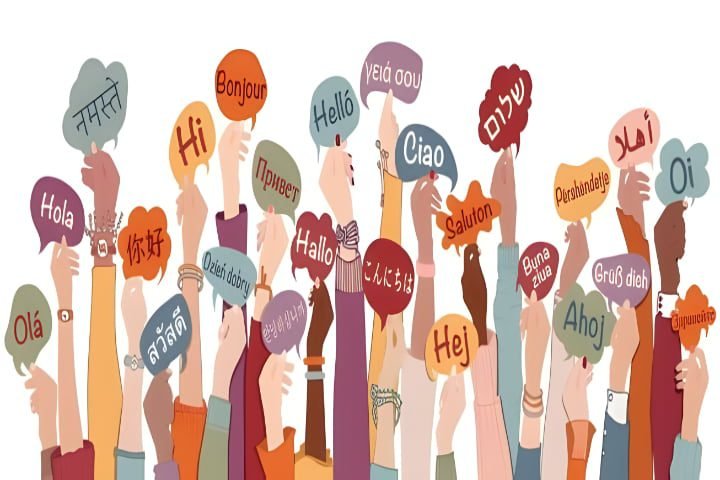
Cultural norms serve as the unwritten rules that guide behaviour within a particular society. They dictate what is considered acceptable or unacceptable regarding social interactions, communication styles, and personal conduct. These norms can vary greatly from one culture to another, reflecting its members’ unique values and beliefs.
Cultural Values
Cultural values are deeply ingrained beliefs and principles that influence individuals’ attitudes and behaviours within a cultural context. They provide a framework for decision-making and shape everything from interpersonal relationships to societal structures.
Values such as individualism versus collectivism or hierarchy versus egalitarianism can significantly impact a culture’s operations.
Cultural Practices
Cultural practices encompass the rituals, traditions, customs, and behaviours commonly observed within a specific cultural group. These practices often reflect historical influences, religious beliefs, or societal expectations.

From daily routines to ceremonial celebrations, cultural practices reinforce shared identities and foster social cohesion.
Cultural Symbols
Cultural symbols are tangible or intangible representations with significant meaning within a particular culture. They can include objects like flags or national emblems representing collective identity or abstract concepts such as language or art forms unique to the culture.
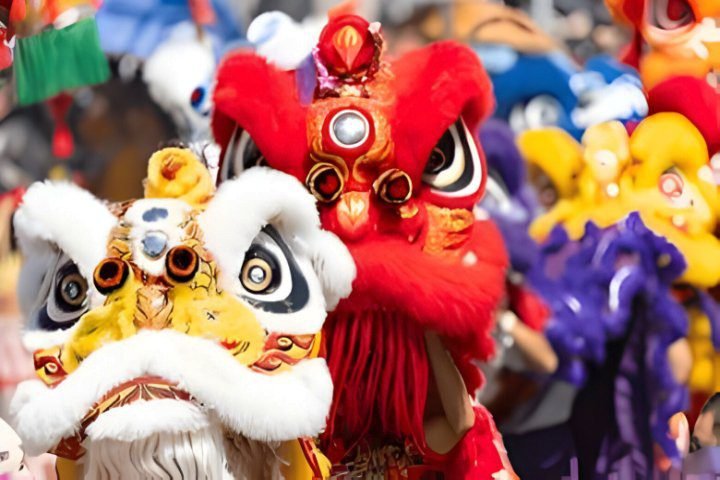
Symbols serve as powerful communication tools for conveying and preserving cultural meanings across generations.
By understanding these fundamental elements of culture—cultural norms, values, practices, and symbols—we gain valuable insights into what shapes societies worldwide. Exploring these aspects allows us to appreciate diversity while recognizing commonalities among different cultures.
Through this understanding, we can foster cross-cultural appreciation and bridge gaps between diverse communities in an increasingly interconnected world.
The CUET UG Mass Communication syllabus contains this topic under the Culture and Communication section.

